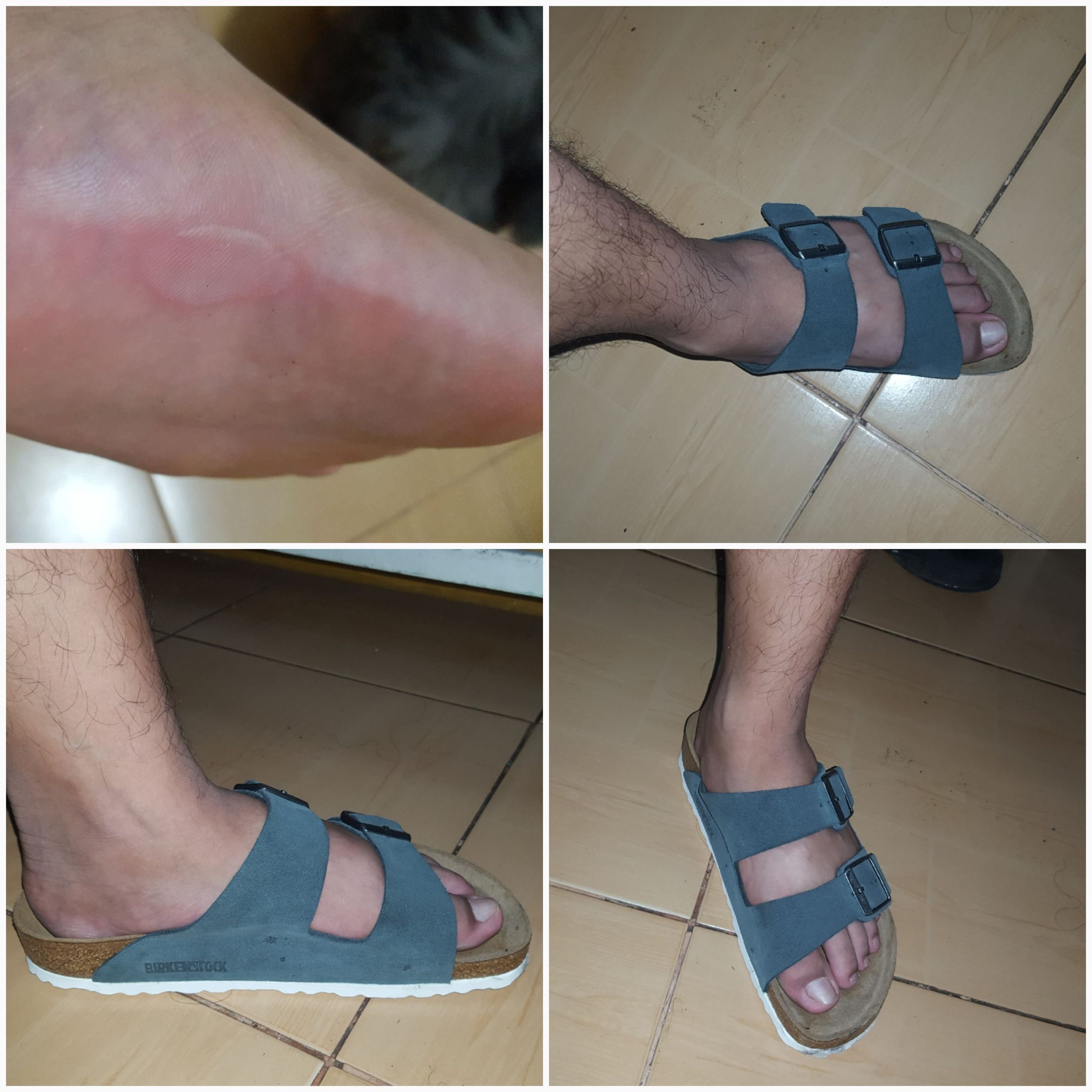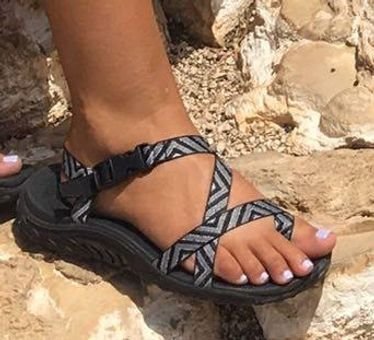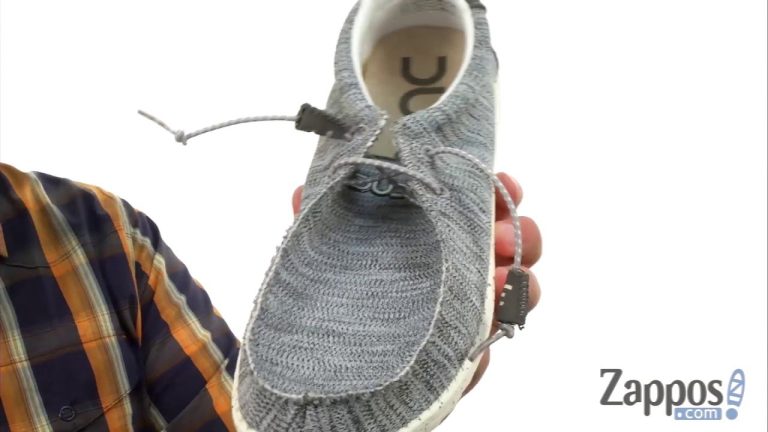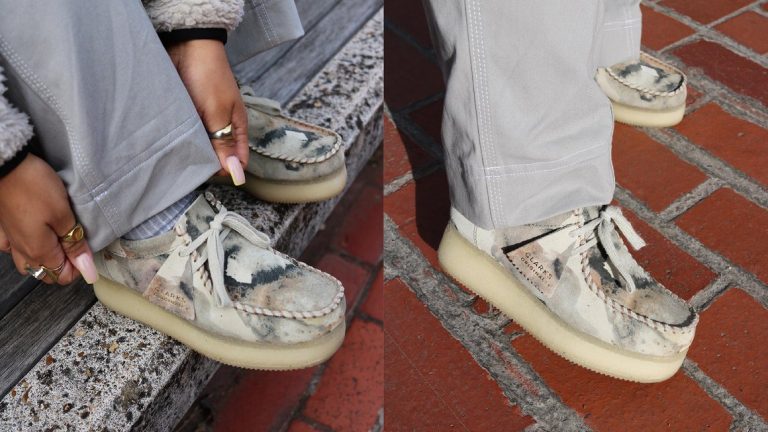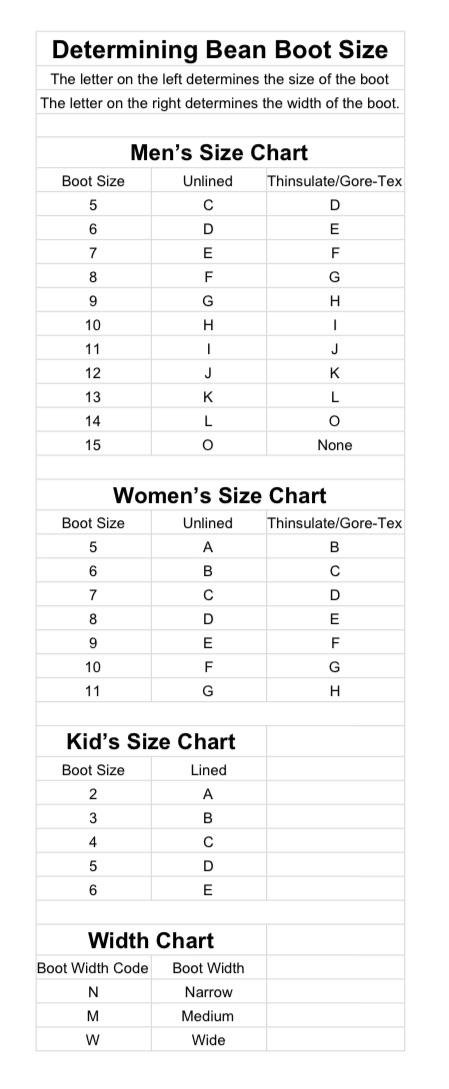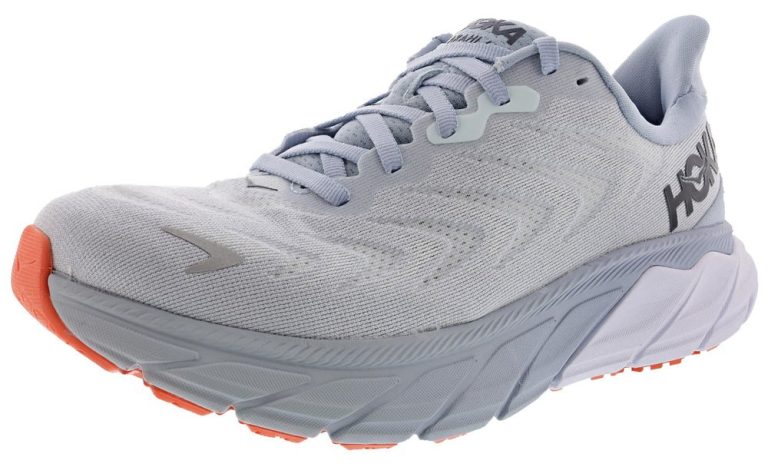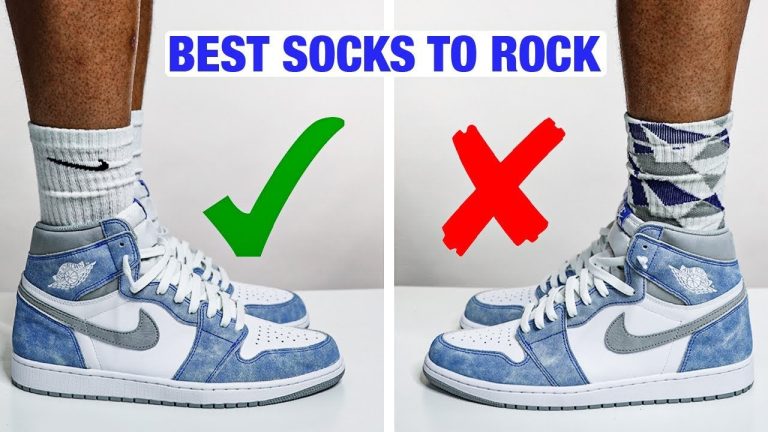Are you a fan of Birkenstock sandals but have been experiencing discomfort in the form of blisters from Birkenstocks? Don’t worry, you’re not alone. Many people love the trendy and ergonomic design of Birkenstocks, but finding a way to prevent blisters can be a bit of a challenge. In this article, we’ll share some simple yet effective tips to help you enjoy your Birkenstocks without the agony of blisters. Let’s dive in and find out how you can keep those blisters from Birkenstocks at bay.
Blisters from Birkenstocks
Birkenstock sandals are a popular choice for many individuals seeking comfortable and stylish footwear. However, one common complaint among wearers is the occurrence of blisters. Blisters can be painful and frustrating, and they can prevent you from enjoying all the benefits of your favorite Birkenstocks. In this comprehensive guide, we will delve into the causes of blisters from wearing Birkenstocks and provide you with practical solutions to prevent and treat them.
Understanding Blisters
Before we dive into the specific issue of blisters caused by Birkenstocks, let’s first understand what blisters are. Blisters are fluid-filled pockets that form on the skin, typically as a result of friction, pressure, or heat. They are the body’s natural response to protect the underlying tissues from further damage. While blisters can occur on any part of the body, they are particularly common on the feet due to constant rubbing and pressure from footwear.
Why Do Birkenstocks Cause Blisters?
Birkenstocks, known for their distinctive cork footbed and straps, can cause blisters for several reasons. Understanding these factors will help you prevent and address this issue effectively.
1. Breaking-in Period
When you first start wearing Birkenstocks, it is essential to allow your feet to adjust to the new footwear. The cork footbed and leather straps need time to conform to the shape of your feet. Initially, the straps may feel tight and rub against your skin, causing friction and blisters. This breaking-in period is crucial for the sandals to mold to your unique foot shape and become more comfortable over time.
2. Incorrect Sizing
Blisters can also occur if you are wearing Birkenstocks that are either too small or too large for your feet. Tight-fitting sandals can create excessive pressure on specific areas, leading to friction and blisters. On the other hand, loose-fitting sandals may cause your feet to slide around, resulting in rubbing and blisters in different areas.
3. Lack of Socks
Many Birkenstock enthusiasts prefer wearing their sandals without socks, as this allows their feet to breathe and enjoy the open design of the footwear. However, going sockless can increase the chances of blisters. Without socks acting as a barrier between your skin and the straps, there is a higher likelihood of friction and irritation.
4. Heat and Moisture
Heat and moisture can exacerbate the occurrence of blisters. When your feet sweat, the excess moisture softens the skin, making it more susceptible to friction and blister formation. Additionally, high temperatures can increase the likelihood of sweaty feet, especially during the summer months or in hot climates.
Preventing Blisters from Birkenstocks
Now that we understand why Birkenstocks can cause blisters, let’s explore some preventive measures to help you enjoy your sandals without the discomfort.
1. Gradual Breaking-in
To minimize the risk of blisters, it is crucial to gradually break in your Birkenstocks. Start by wearing them for short periods, allowing your feet to adjust to the new fit. Over time, gradually increase the duration of wear until your sandals feel comfortable and no longer cause rubbing or discomfort.
2. Choose the Right Size
Proper sizing is key to preventing blisters. Ensure that your Birkenstocks fit your feet snugly without being too tight or loose. Visit a Birkenstock retailer to get accurately measured and find the right size for your feet. Remember that different styles may have varying fits, so always try them on before purchasing.
3. Wear Socks
If you prefer wearing your Birkenstocks without socks, consider using no-show socks or foot liners. These thin socks provide a protective barrier while still maintaining the aesthetics of the sandals. Opt for moisture-wicking materials to keep your feet dry and comfortable.
4. Keep Feet Dry
To reduce the chances of blisters, keep your feet as dry as possible. Use talcum powder or foot antiperspirant to absorb moisture and reduce sweat. Additionally, consider taking breaks from wearing your Birkenstocks on particularly hot or humid days to avoid excessive sweating.
Treating Blisters from Birkenstocks
Sometimes, despite your best efforts, blisters may still form. It is essential to address them promptly to prevent further discomfort and potential infection.
1. Avoid Popping
Although it may be tempting to pop a blister, resist the urge. Popping can increase the risk of infection and slow down the healing process. Instead, leave the blister intact and allow it to heal naturally.
2. Protect with Moleskin or Bandages
To alleviate discomfort and protect the blister, apply moleskin or a blister-specific bandage. These protective coverings create a barrier between the blister and your footwear, reducing friction and accelerating healing.
3. Use Padding
Padding can help cushion the blister and provide additional protection. Consider using gel pads or silicone toe sleeves to minimize rubbing and friction. These can be particularly helpful when you need to continue wearing your Birkenstocks while the blister heals.
4. Take Breaks
If a blister becomes especially painful or shows signs of infection, give your feet a break from your Birkenstocks. Allow the affected area to heal by wearing comfortable and supportive shoes until the blister has resolved.
While blisters from Birkenstocks can be a frustrating experience, they can be prevented and effectively managed. By understanding the causes of blisters and implementing preventive measures, you can continue to enjoy the comfort and style that Birkenstocks offer. Remember to gradually break in your sandals, choose the right size and consider wearing socks or using protective coverings. In the event of a blister, prioritize proper treatment and give your feet the time they need to heal. With these strategies in place, blisters should no longer hinder your enjoyment of your favorite Birkenstocks.
What can I do for Blisters?
Frequently Asked Questions
Why do I get blisters from wearing Birkenstocks?
Wearing Birkenstocks may cause blisters due to friction caused by the sandals rubbing against your skin. This friction can occur if the straps are too tight or if your feet are not properly aligned with the footbed. Blisters can also form if your feet are not accustomed to the materials used in Birkenstocks, such as cork and leather. It is important to break in your Birkenstocks gradually and choose the right size to prevent blisters.
How can I prevent blisters from Birkenstocks?
To prevent blisters, ensure that you have the correct size of Birkenstocks. The sandals should not be too tight or loose. Additionally, gradually break in your Birkenstocks by wearing them for short periods initially and gradually increasing the duration. Applying moleskin or blister plasters to areas prone to rubbing can also provide protection. Socks or band-aids can serve as a barrier between your skin and the sandals, reducing friction and preventing blisters.
What should I do if I already have blisters from wearing Birkenstocks?
If you already have blisters from wearing Birkenstocks, avoid further irritating them by refraining from wearing the sandals until the blisters heal. Keep the affected area clean and dry to prevent infection. You can apply a sterile bandage or blister pad to protect the blister and promote healing. If the blisters are painful or show signs of infection, it is advisable to seek medical attention.
How long does it take for blisters from Birkenstocks to heal?
The healing time for blisters caused by Birkenstocks can vary depending on the size and severity of the blister. In general, small blisters may heal within a few days to a week. However, larger or more severe blisters may take longer to heal, potentially up to two weeks or more. It is essential to provide proper care for the blisters, such as keeping them clean and protected, to promote faster healing.
Are all Birkenstock sandals likely to cause blisters?
No, not all Birkenstock sandals are likely to cause blisters. Blisters are typically caused by friction between the sandals and your skin. However, as everyone’s feet are unique, some individuals may be more prone to blisters than others. Choosing the right size, gradually breaking in the sandals, and ensuring that your feet are properly aligned with the footbed can help minimize the risk of blisters when wearing Birkenstocks.
Can I wear socks with Birkenstocks to prevent blisters?
Yes, wearing socks with your Birkenstocks can help prevent blisters. Socks create a barrier between your skin and the sandals, reducing friction and minimizing the risk of blisters. Opt for socks made of breathable materials to allow proper ventilation and prevent excessive sweating. It’s important to choose socks that are thin enough to fit comfortably within the Birkenstock sandals without causing tightness or discomfort.
Final Thoughts
Blisters from Birkenstocks can be a common issue for individuals wearing these popular sandals. The friction caused by the unique footbed material and adjustable straps can lead to uncomfortable blisters and irritation. While Birkenstocks are known for their comfort and support, it is important to take preventive measures to avoid blisters, such as wearing them with socks initially, gradually breaking them in, and using protective padding. Additionally, keeping the feet clean and dry, using moisturizers, and taking rest breaks can also help prevent blisters from Birkenstocks. By taking these precautions, individuals can enjoy the benefits of Birkenstocks without the discomfort of blisters.
